Not all hair types are created equal, and some just don’t play well with layers. While layering can work wonders for some textures, it can easily go wrong for others, leaving you with a cut you didn’t sign up for. If you’ve ever walked out of the salon feeling like your hair looks thinner or flatter than before, chances are, your stylist layered it when it wasn’t the right fit for your hair type.
Understanding which hair types should avoid layers can save you a lot of regret—and a lot of time trying to fix a bad cut. From thick, coarse strands to fine, straight hair, certain textures just don’t hold layers the way others do. Before you sit down in the salon chair next time, make sure you know which hair types are best left unlayered if you want to keep your hair looking its best.
Fine Hair
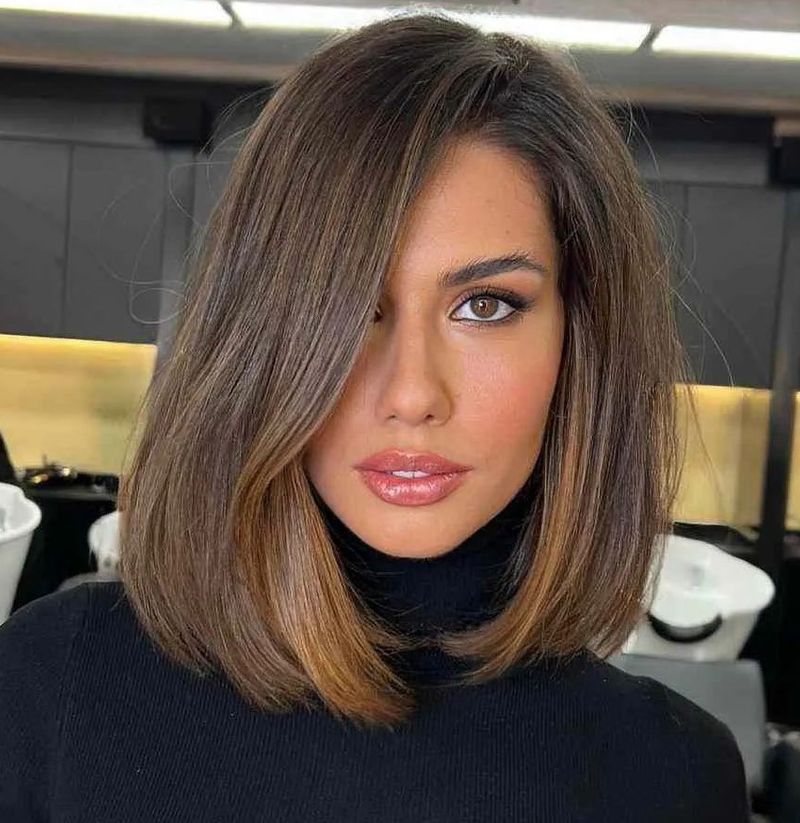
Fine hair has a delicate structure that doesn’t hold layers well. Starting with a fact, fine hair often lacks the body and volume needed to support layered cuts. Have you ever noticed how quickly fine hair can become flat? That’s because layers remove the little volume it has. Fine hair is also prone to frizz and breakage when layered improperly. With its smooth texture, it can look stringy and lifeless if over-layered. Stylists often recommend blunt cuts for fine hair to maintain thickness and volume, avoiding layers that may lead to a limp appearance.
Thick Curly Hair
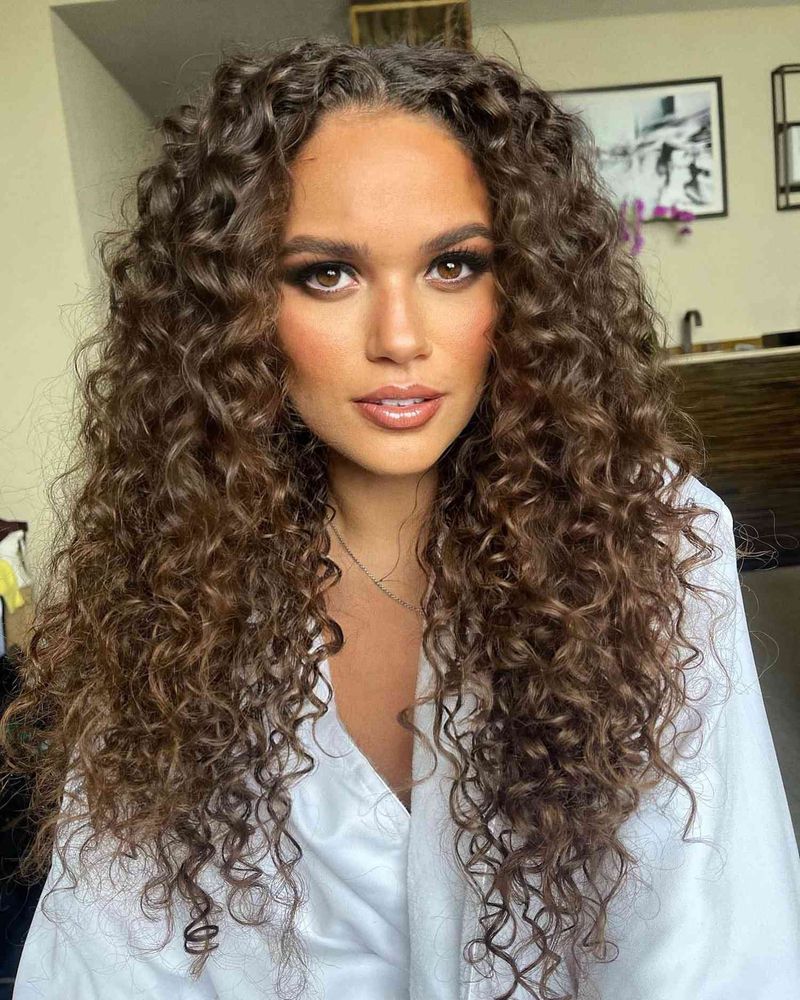
Thick curly hair is a beauty of its own, but layering can lead to a tangled mess. Layers tend to disrupt the natural curl pattern, leading to uneven curls. Did you know? These curls can spring unpredictably when cut incorrectly. With varying curl sizes, layering adds unnecessary volume, making it difficult to manage. Over-layering can lead to frizz and a loss of definition. Embracing the natural shape without layers often results in a more cohesive look. Stylists often recommend contouring and framing techniques to enhance the natural beauty of thick curls without resorting to layers.
Extremely Long Hair
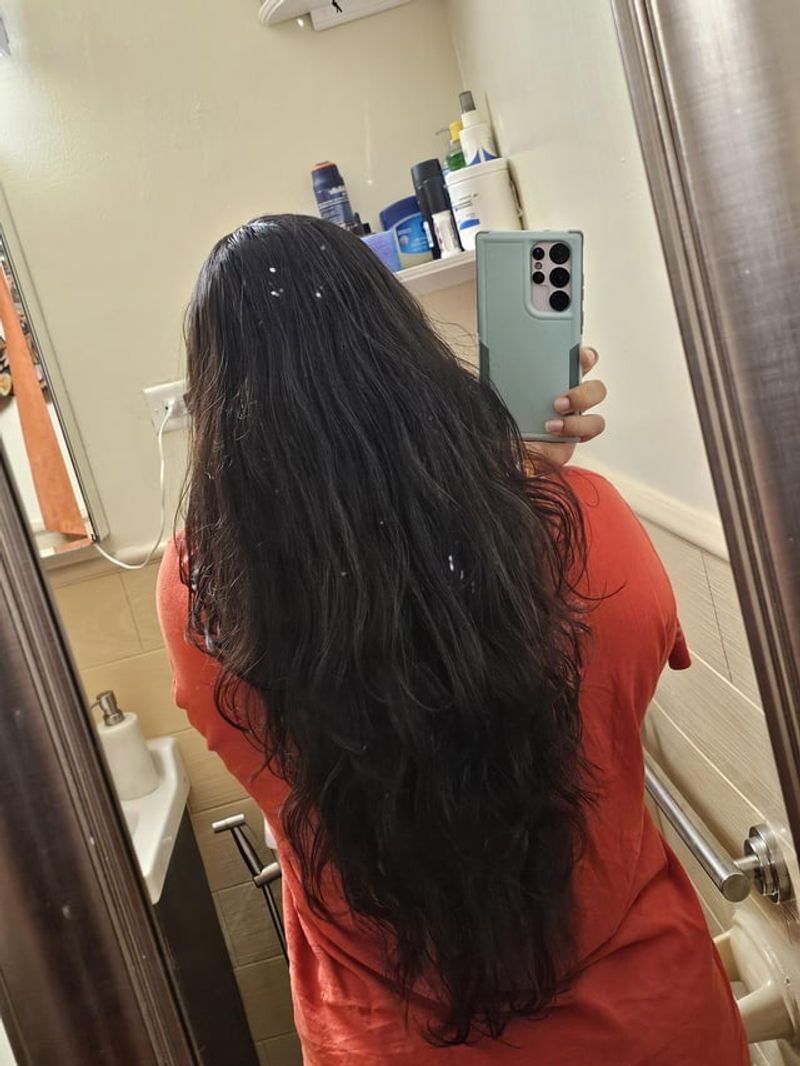
Extremely long hair is a sight to behold, but layering can detract from its majestic beauty. Layers may lead to uneven growth and split ends. Did you know that layers in long hair can make it look thinner? This hair type requires careful maintenance to avoid tangling and breakage. Layering can cause it to lose its natural weight and flow. By keeping it in a single length, you allow the hair to grow evenly and maintain its health. For those with long locks, a straight cut is often preferred to showcase the length and prevent unnecessary damage.
Coarse Hair

Coarse hair has a robust texture, yet layers can lead to a bulky, unmanageable look. Starting with an anecdote, imagine styling hair that’s too voluminous to control. Coarse hair naturally tends to stand out, and layers can exaggerate this effect. It often results in a heavy appearance, losing its natural grace. Layers can also make coarse hair appear rough and uneven. Many stylists advise against layers for coarse hair, opting for styles that enhance its natural thickness without adding bulk. Simple, clean cuts are often recommended to keep its natural texture intact.
Wavy Hair
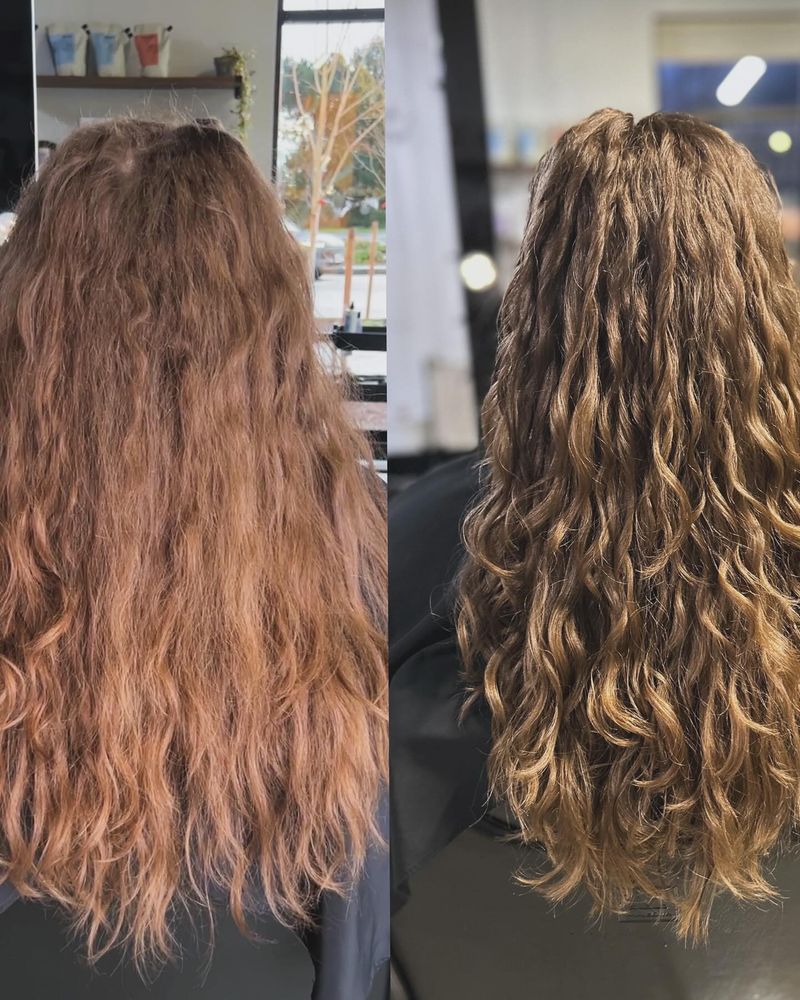
Wavy hair may look stunning, but layering can disrupt its gentle waves. Consider a wavy beach day that suddenly turns stormy. That’s what happens when you layer this hair type. Layers can lead to uneven wave patterns and a frizzy appearance. Rather than enhancing the natural waves, layering often creates an unkempt look. With its natural bounce, wavy hair thrives with minimal interference. Many hairstylists suggest avoiding layers, opting instead for cuts that preserve the softness and flow of waves. Simple trims can maintain wavy hair’s natural allure without adding chaos.
Thin Hair
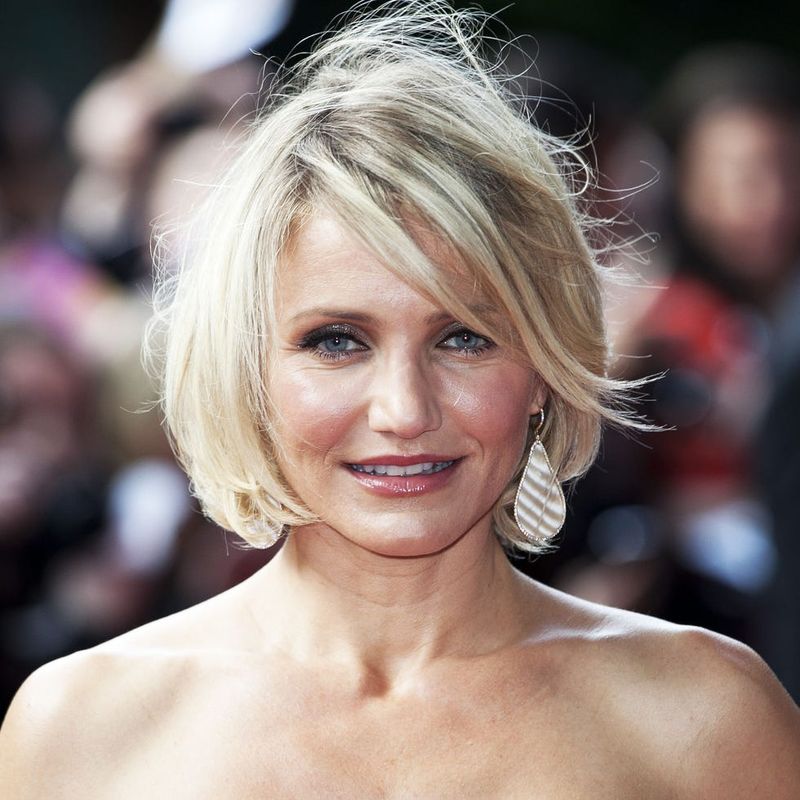
Thin hair lacks the volume to support layers, leading to a flat, lifeless appearance. Picture a balloon deflating slowly. Layering thin hair can strip away its body, making it look even thinner. This hair type is prone to breakage and doesn’t respond well to the added texture that layers bring. Stylists often recommend one-length cuts to maintain fullness and provide an illusion of volume. By avoiding layers, thin hair can look healthier and more robust. For those with thin hair, subtle shaping around the face can add interest without compromising the overall look.
Straight Hair
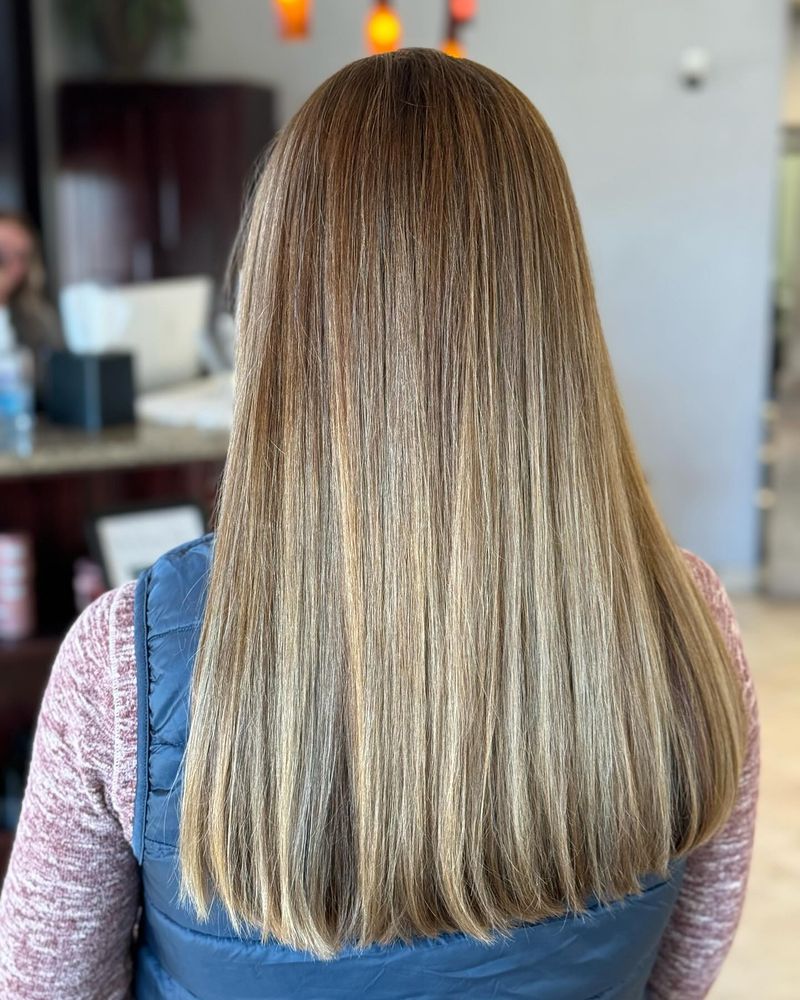
Straight hair is smooth and sleek, but layering can make it look choppy and uneven. Imagine a perfectly calm lake suddenly disrupted by ripples. That’s the effect of layers on straight hair. Layering can remove the finesse that straight hair naturally carries, leading to a disjointed look. It often results in a lack of cohesion and can appear unruly. Keeping straight hair in a single length maintains its sleekness and elegance. Stylists frequently advise against layers for straight hair, preferring styles that highlight its natural smoothness and grace.
Color-Treated Hair
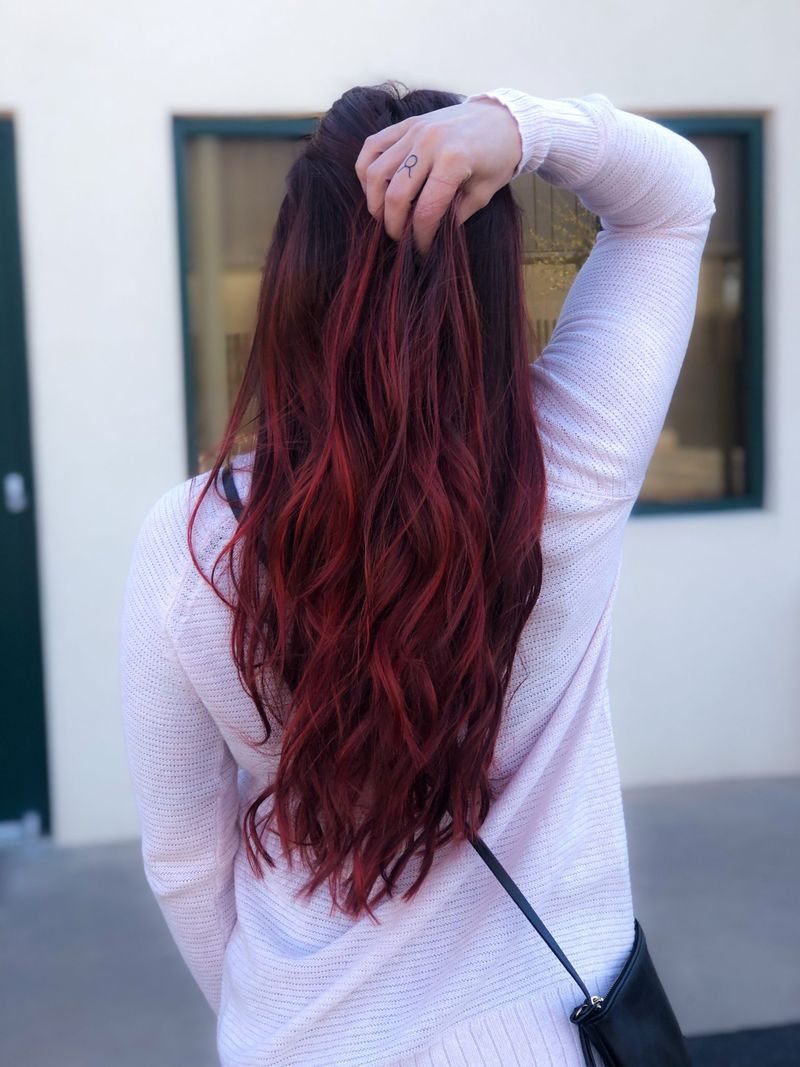
Color-treated hair requires careful handling, and layering can lead to added stress. Consider the fragility of a freshly painted masterpiece. Layers may expose more of the hair to environmental damage and fading. Over-layering can cause the color to appear patchy and inconsistent. Maintaining the integrity of color-treated hair often involves avoiding harsh cuts like layers. Single-length styles can help preserve the vibrancy and richness of the color. Many color experts recommend gentle handling and minimal layering to keep the hair looking lively and vibrant without risking damage.
Dry Hair
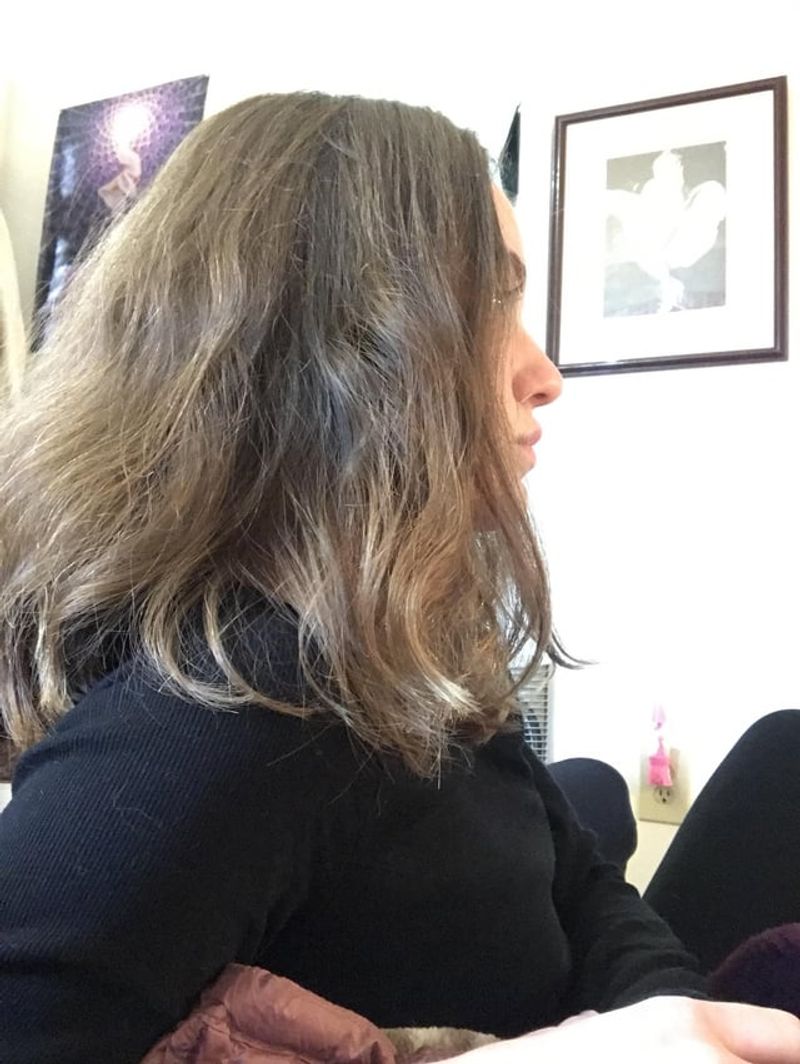
Dry hair needs special care, and layering can exacerbate its issues. Imagine a brittle leaf that crumbles at the touch. Layers can lead to increased dryness and breakage. This hair type often lacks the moisture needed to hold layers effectively. Layering tends to highlight dry ends, making the hair appear more damaged. Simple, even cuts are often recommended to maintain the health and appearance of dry hair. By avoiding layers, dry hair can retain more moisture and look more nourished. Careful styling and hydration are key to keeping dry hair healthy.
Frizzy Hair
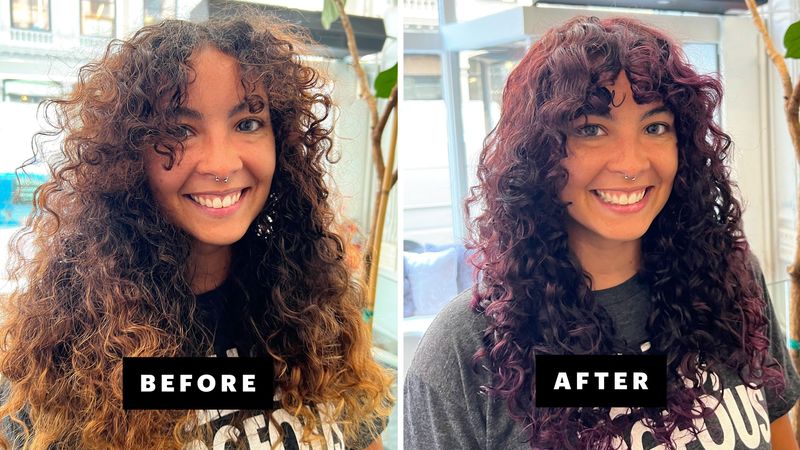
Frizzy hair is known for its wild and untamed nature. Layering can turn frizz into chaos. Think of a stormy sky, where calm is nowhere in sight. Layers can add to the frizz, making it more pronounced and difficult to manage. This hair type benefits from taming techniques rather than layers. Heavy layering can lead to a loss of control and definition. Stylists often recommend smooth, consistent cuts that focus on minimizing frizz without adding extra texture. By keeping it simple, frizzy hair can be managed and styled more easily.
Natural Afro Hair
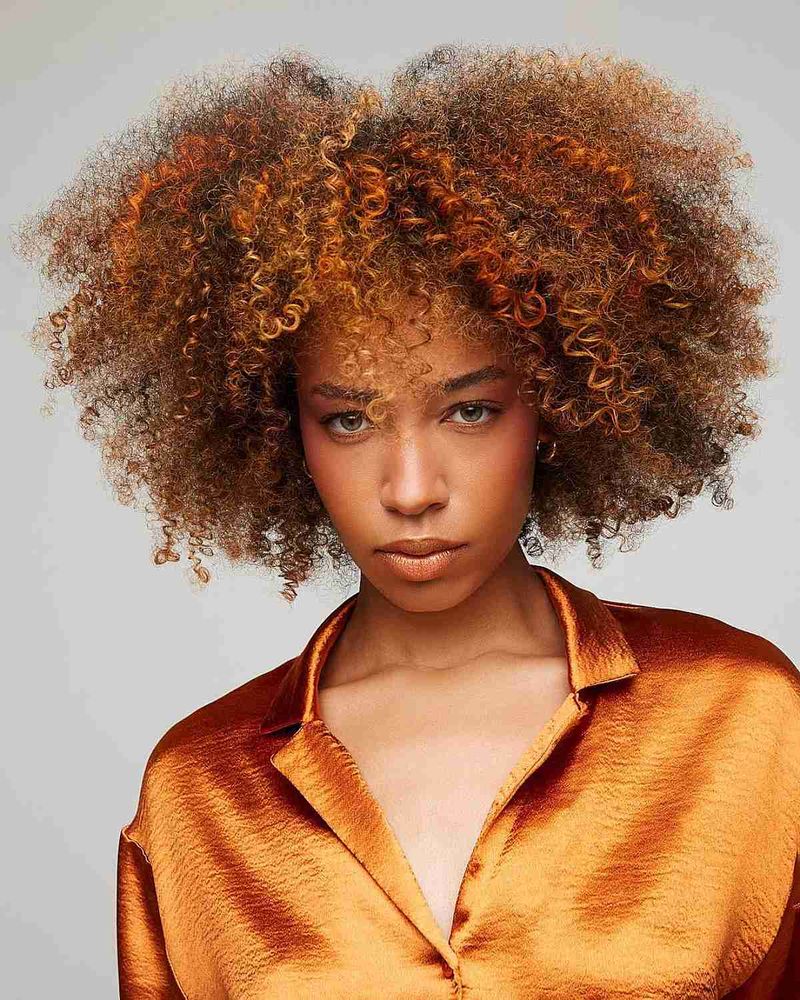
Natural Afro hair is a crown of glory, but layering can interfere with its structure. Layers often disrupt the density and shape of Afro hair, leading to an inconsistent look. Picture a beautifully sculpted garden suddenly overgrown. Over-layering can cause shrinkage and uneven growth. Maintaining Afro hair’s natural shape and volume is often best achieved without layers. Many stylists recommend shaping and trimming techniques that preserve its natural texture. By avoiding layers, Afro hair can maintain its fullness and unique pattern, celebrating its natural beauty.
Damaged Hair
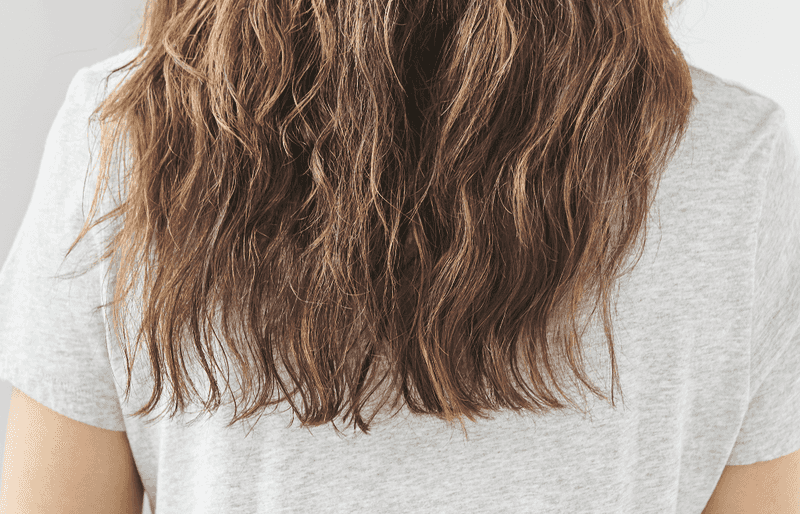
Damaged hair is fragile and requires gentle handling. Layering can exacerbate existing problems. Imagine a delicate fabric that tears with the slightest pull. Layers can expose damage more prominently, leading to breakage. This hair type benefits from nurturing care rather than aggressive cuts. Keeping it in a single length often allows for more even growth and recovery. Stylists frequently recommend treatments and trims that focus on restoring health without resorting to layers. By avoiding layers, damaged hair can gradually regain its strength and vitality.
Textured Hair
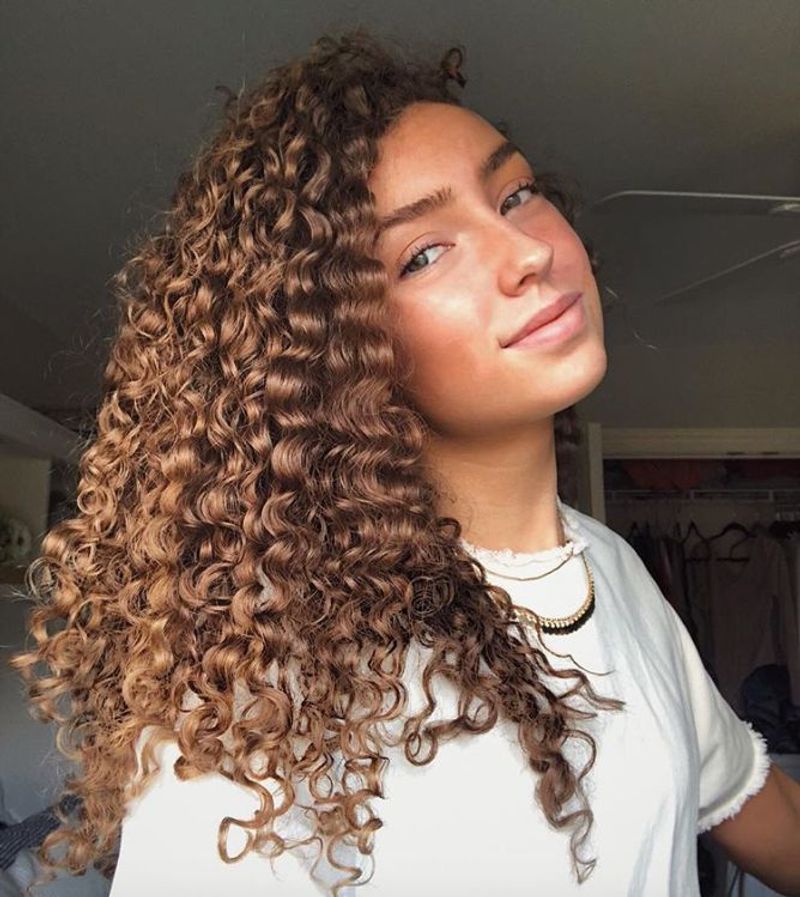
Textured hair has its own unique charm, but layering can lead to an unruly appearance. Imagine a patchwork quilt suddenly coming undone. Layers can create chaos, disrupting the natural movement and flow of textured hair. This hair type thrives on consistency, and unnecessary layers can make styling a challenge. Stylists often suggest preserving the natural texture with simple cuts that avoid layers. By keeping textured hair free from layers, you allow it to show off its natural beauty and versatility. Embracing its intrinsic patterns often results in a more harmonious look.
Grey Hair

Grey hair carries wisdom and elegance, but layering can make it look disheveled. Picture a wise old tree suddenly losing its branches. Layers can highlight any inconsistencies in color and texture. This hair type often benefits from smooth, unified cuts that enhance the natural grey tones. Layering can lead to a scattered appearance, detracting from its inherent grace. Stylists frequently recommend cuts that focus on the uniformity and sheen of grey hair without layers. By embracing its natural state, grey hair can shine with dignity and sophistication.
Short Hair

Short hair may seem versatile, but layering can reduce its impact. Imagine a sleek sports car suddenly weighed down by extra baggage. Layers can strip away the precision and clean lines that define short hair. This hair type thrives on structure, and layering often results in a loss of form. Keeping short hair in a single length allows for a polished and crisp look. Many hair experts recommend avoiding layers to preserve the style’s integrity, focusing on cuts that highlight the sharpness and elegance of short hair.
